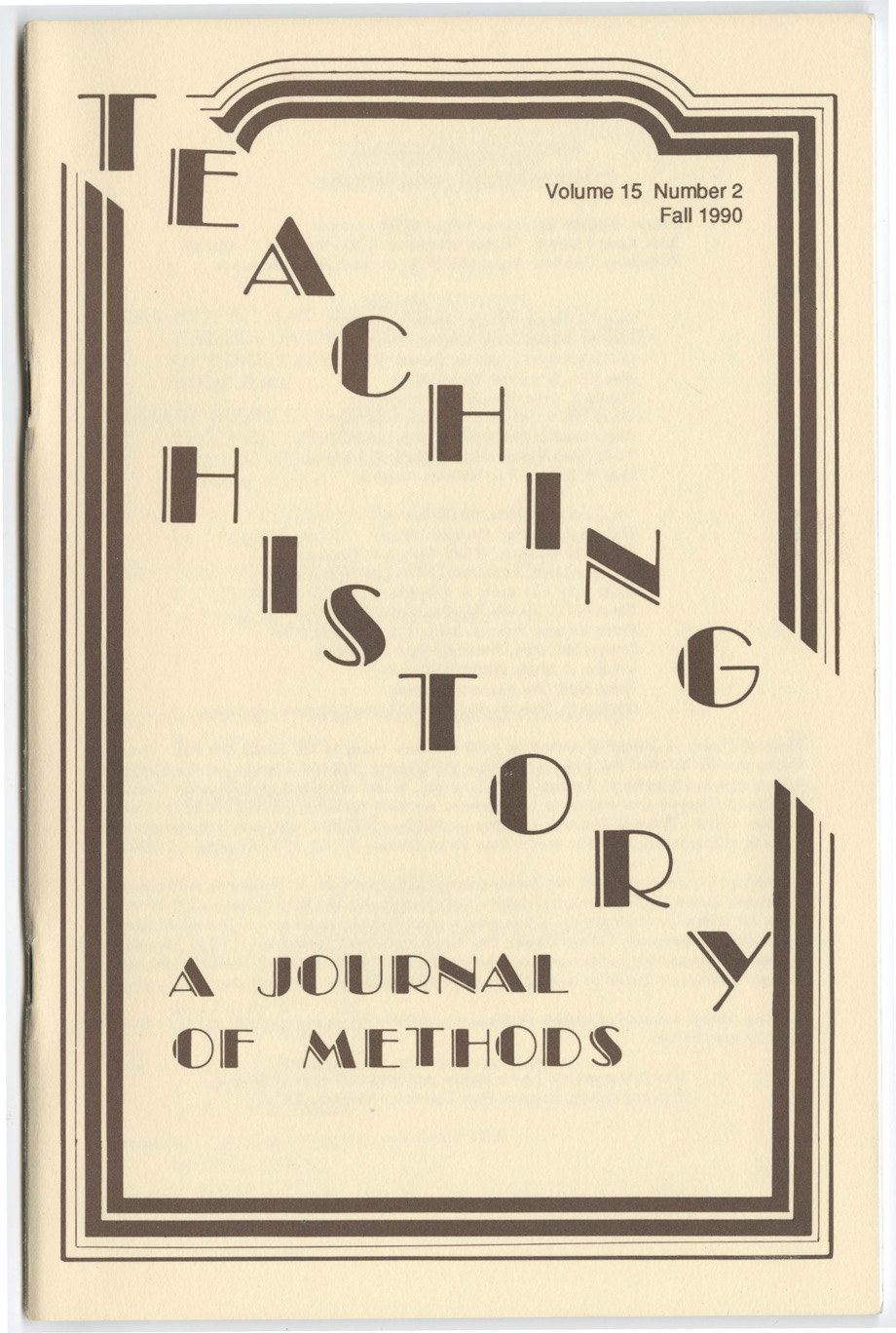Levine. Highbrow, Lowbrow - The Emergence of Cultural Hierarchy in America
DOI:
https://doi.org/10.33043/TH.15.2.83Abstract
To this reviewer, Lawrence W. Levine's latest study represents cultural, intellectual, and social history at its best. In the introduction Levine recounts his growing awareness of the fact that the present hierarchical distinction between "highbrow" or "elite" culture and "lowbrow" or "popular" culture is of relatively recent origin, dating only from the tum of the last century. For instance, during most of the nineteenth century Shakespeare was "part and parcel" of a "rich shared public culture." In theaters the Bard was presented, suitably altered to suit local dramatic and moral tastes, to a socially heterogeneous audience who freely expressed their views, verbally and in more physical ways.
Downloads
Downloads
Published
How to Cite
Issue
Section
License
Copyright (c) 1990 Howard A. Barnes

This work is licensed under a Creative Commons Attribution-NonCommercial-NoDerivatives 4.0 International License.
By submitting to Teaching History, the author(s) agree to the terms of the Author Agreement. All authors retain copyrights associated with their article or review contributions. Beginning in 2019, all authors agree to make such contributions available under a Creative Commons Attribution-NonCommercial-NoDerivatives 4.0 International license upon publication.



